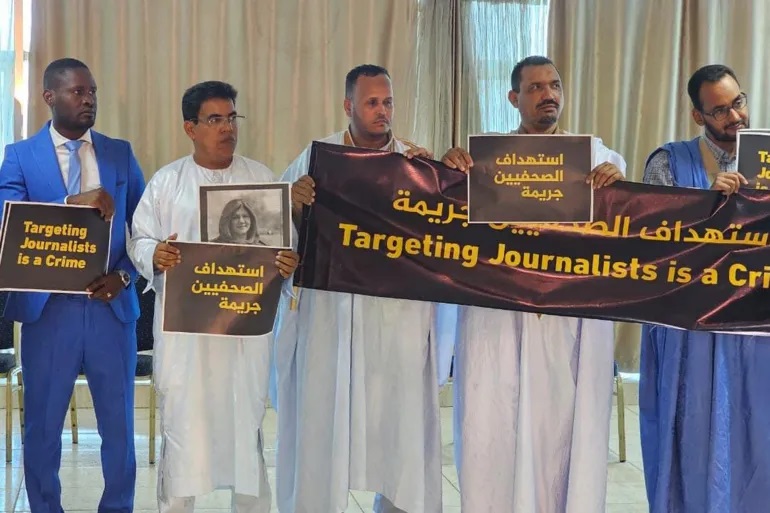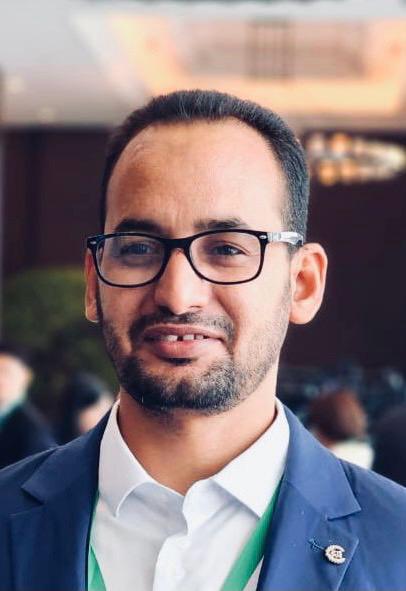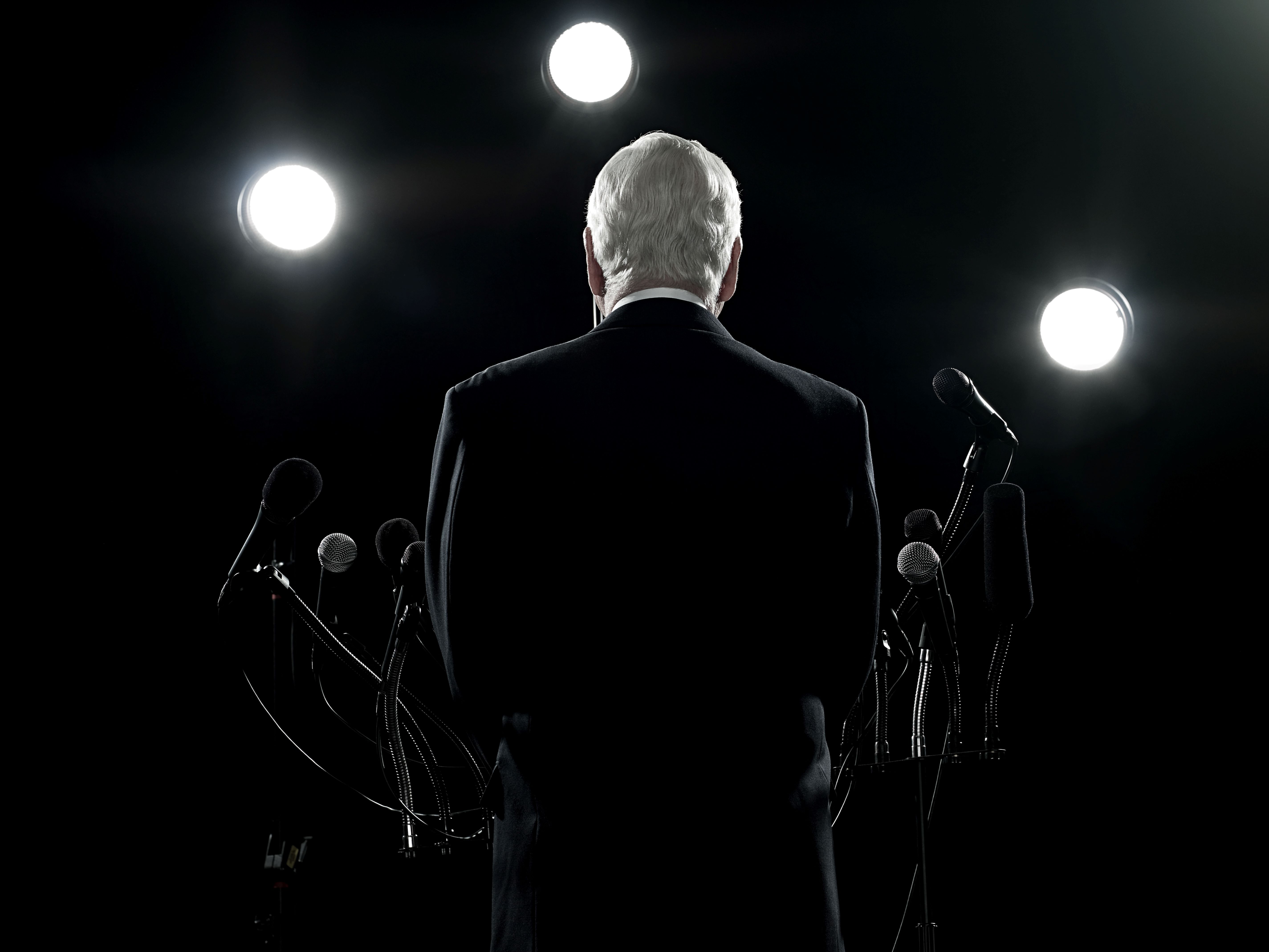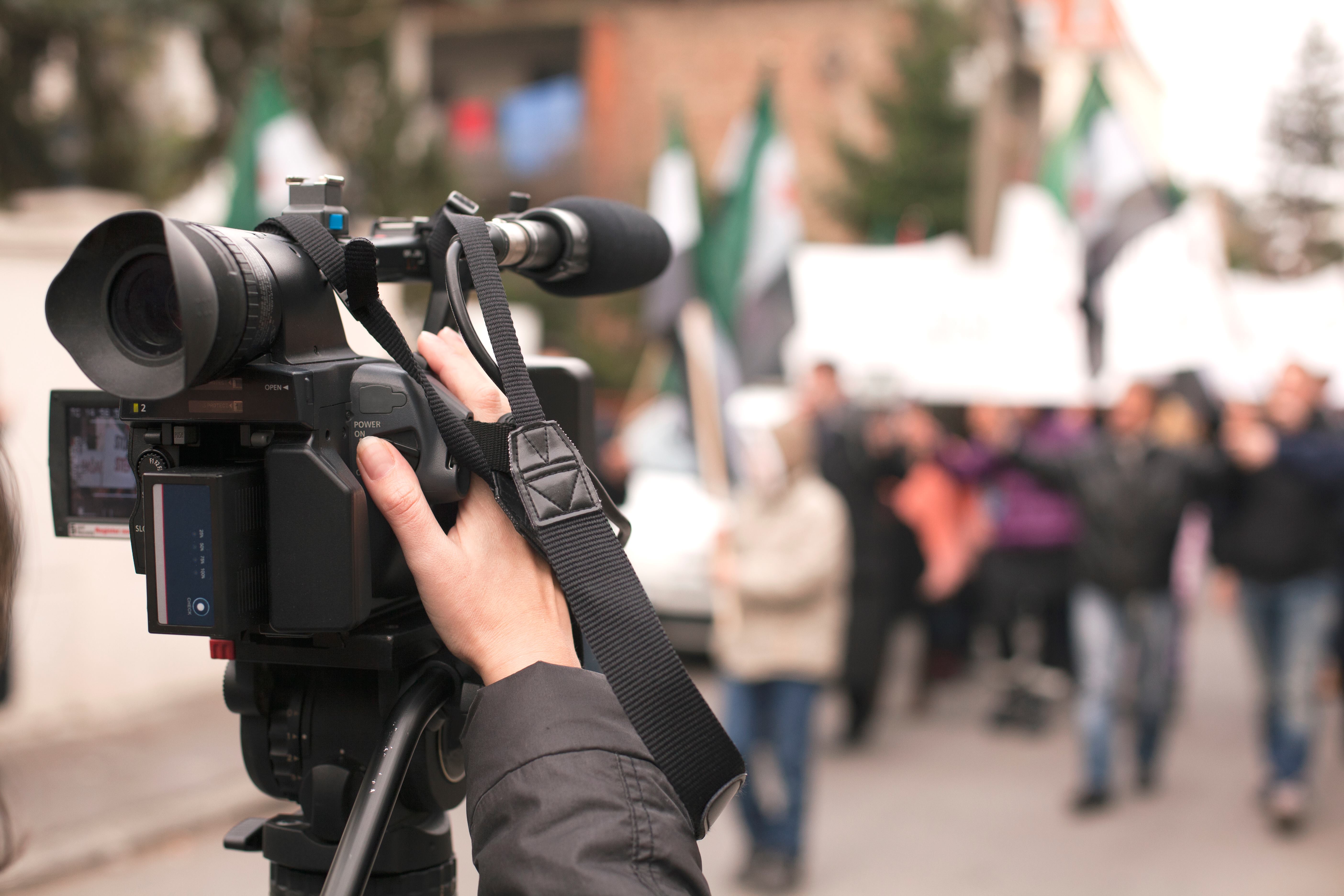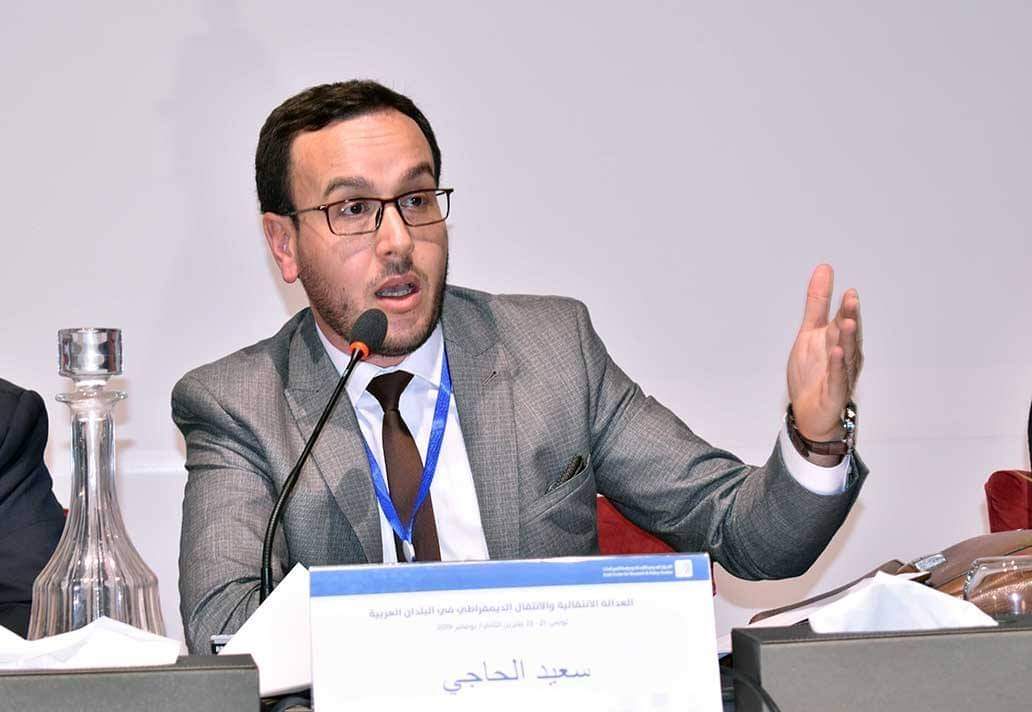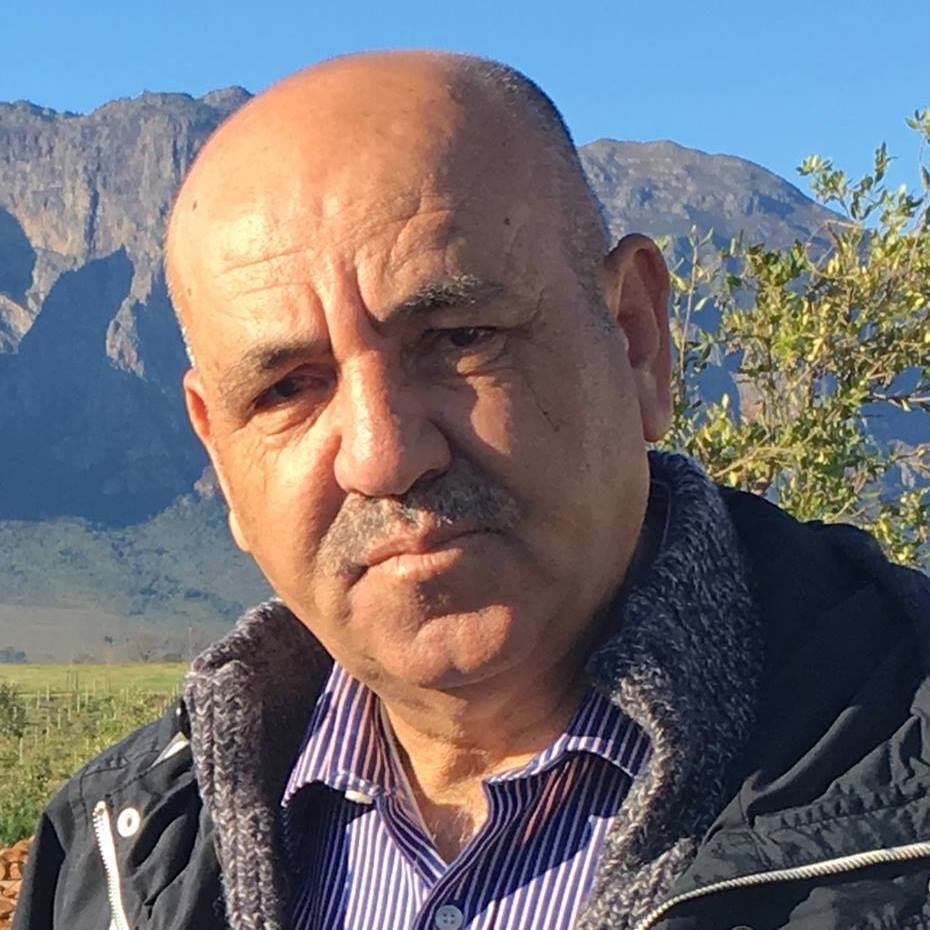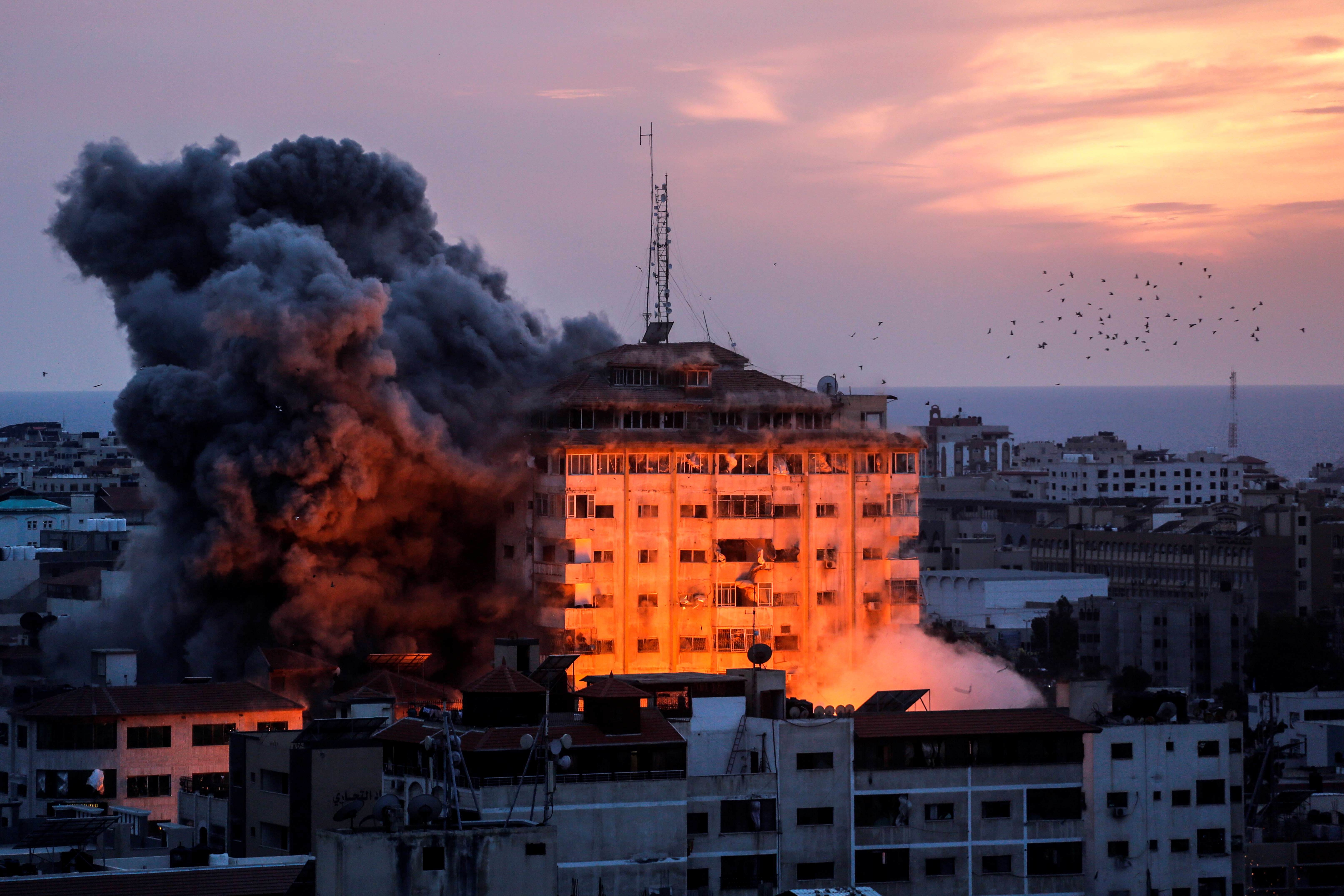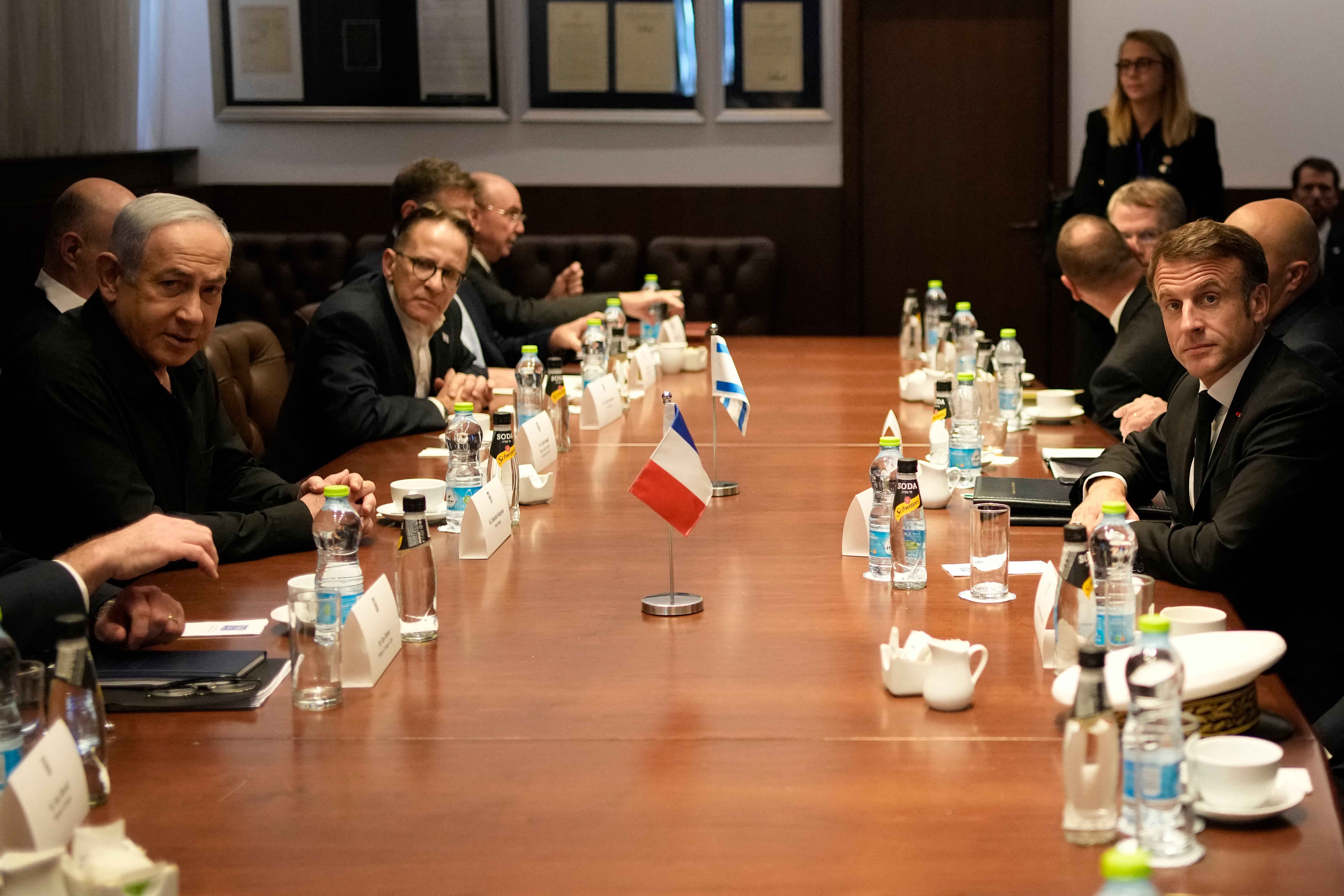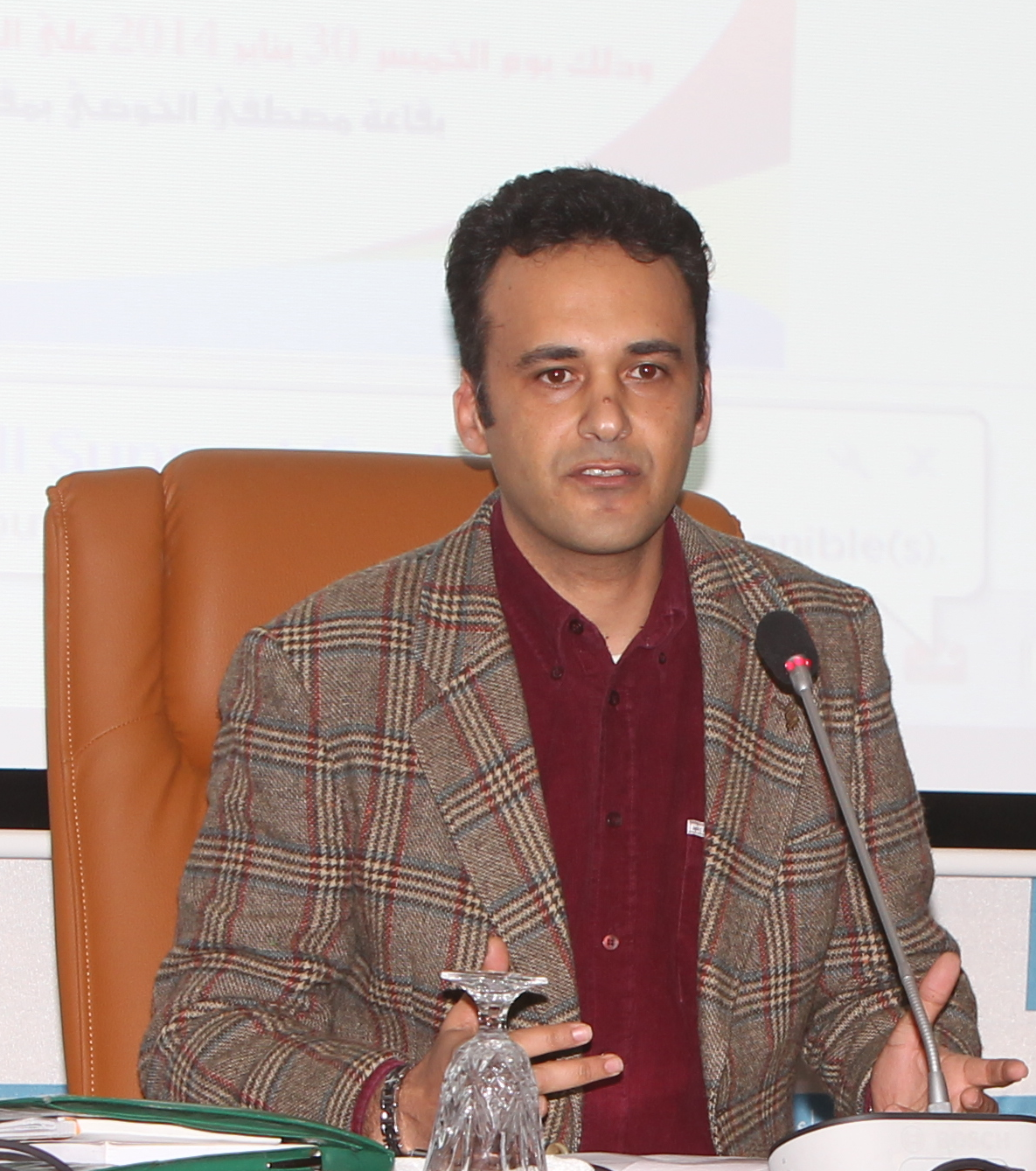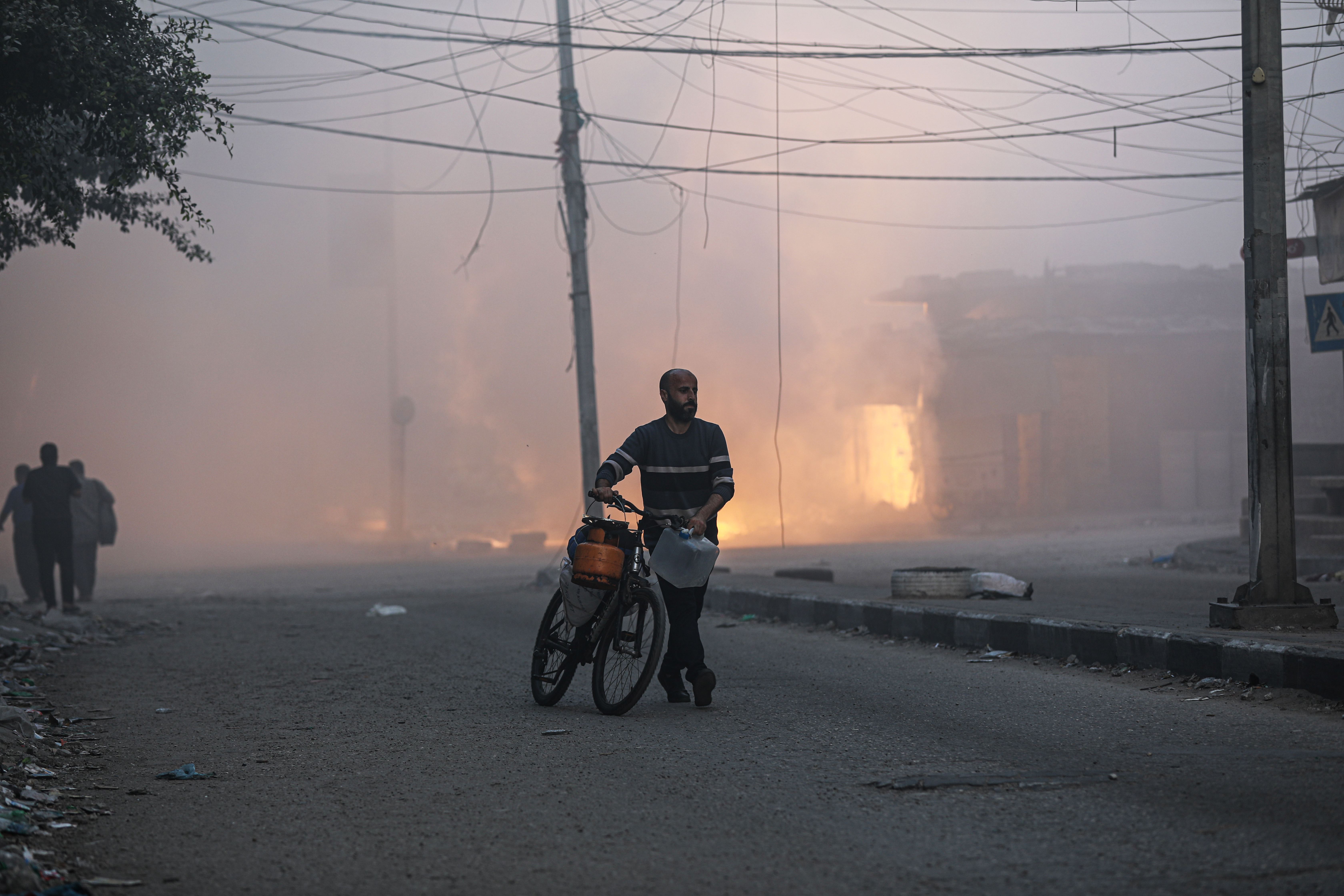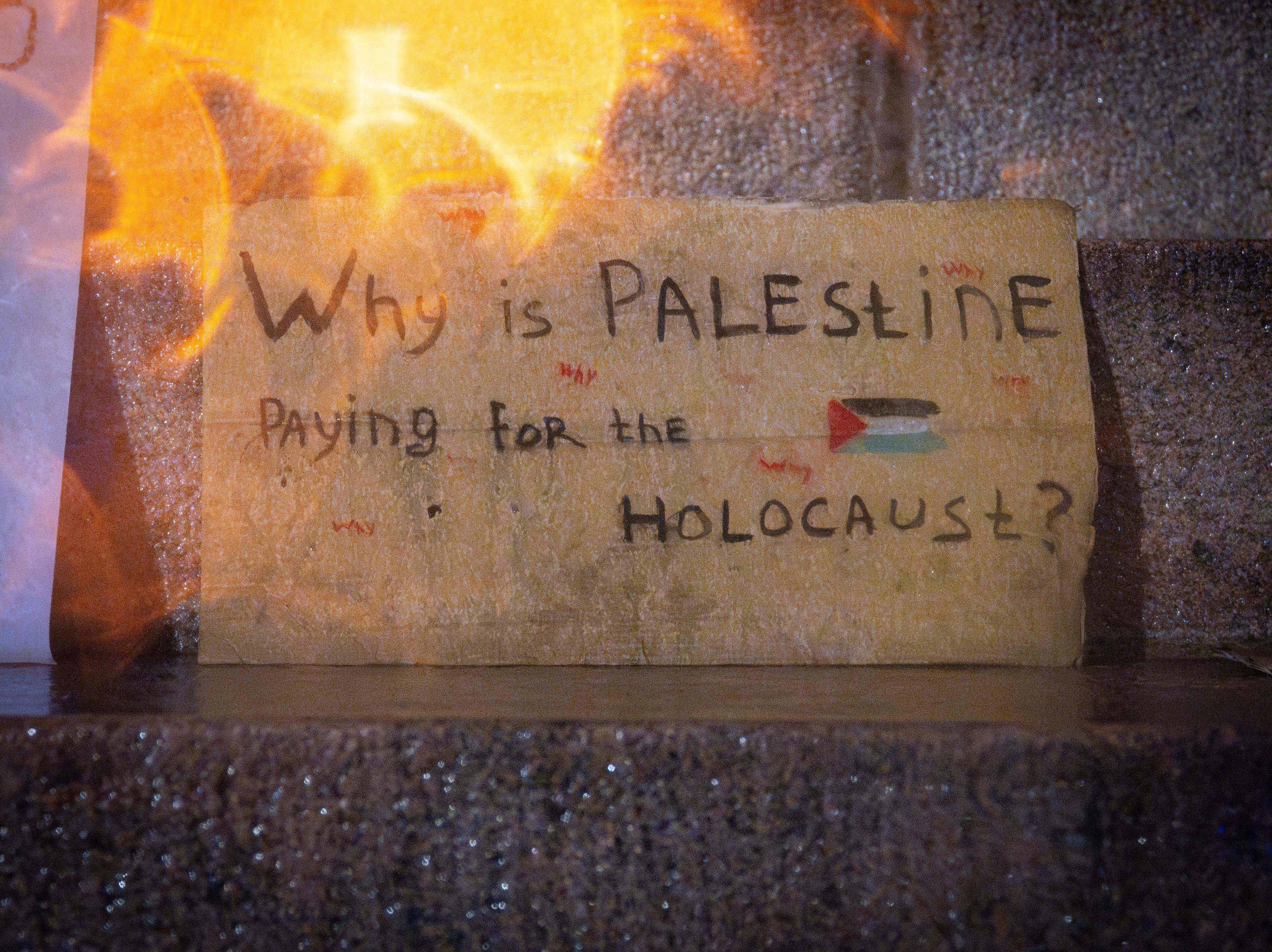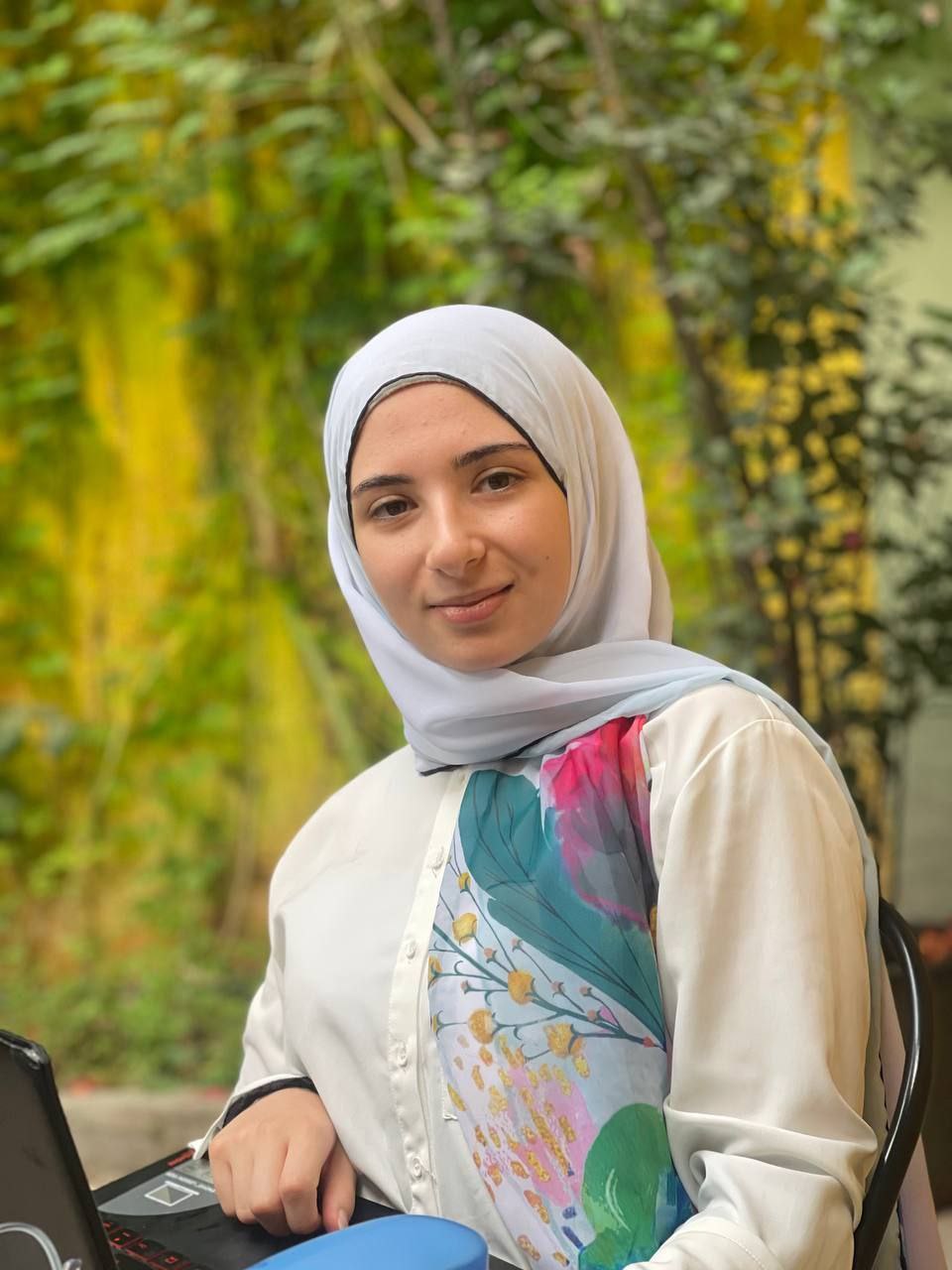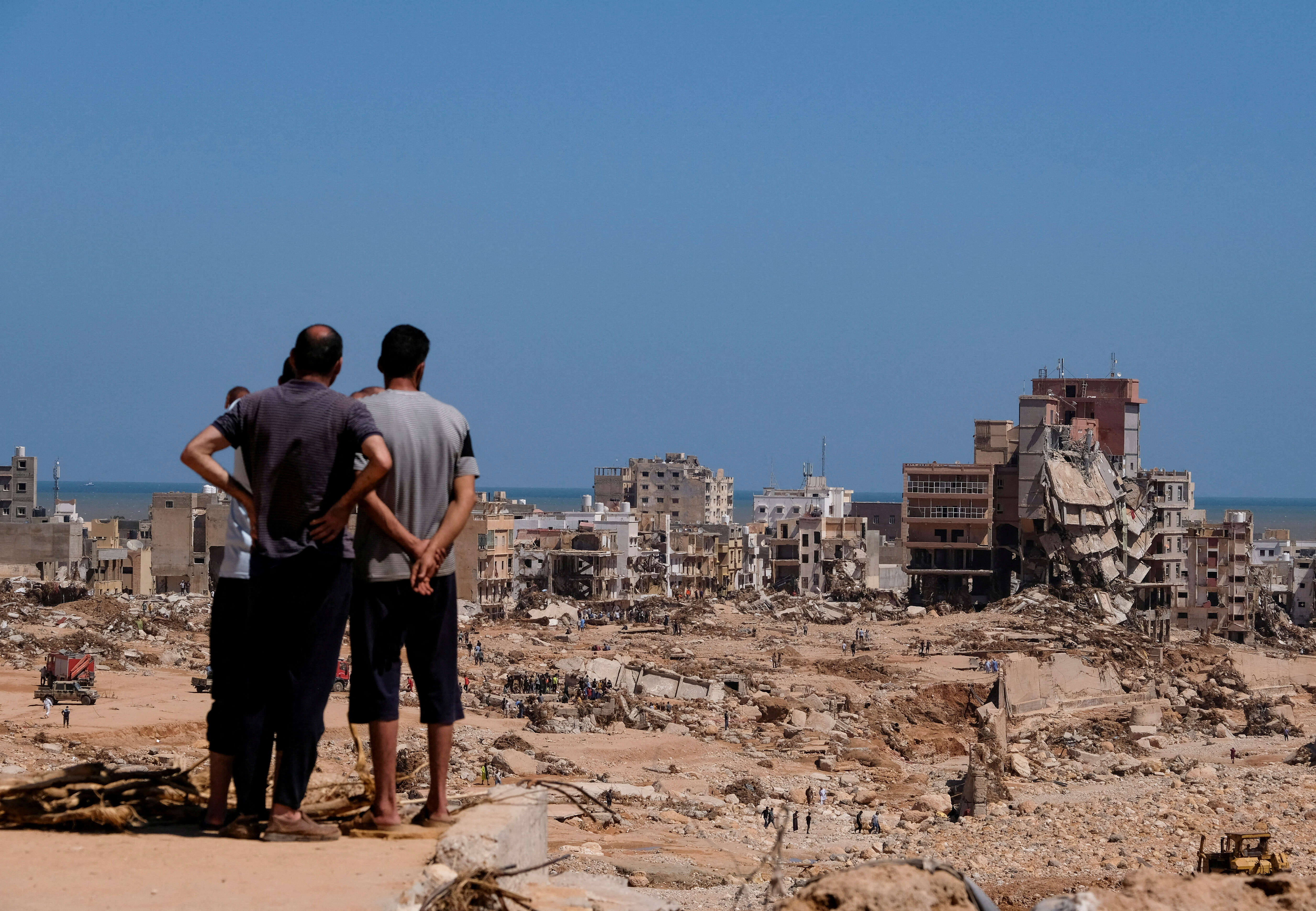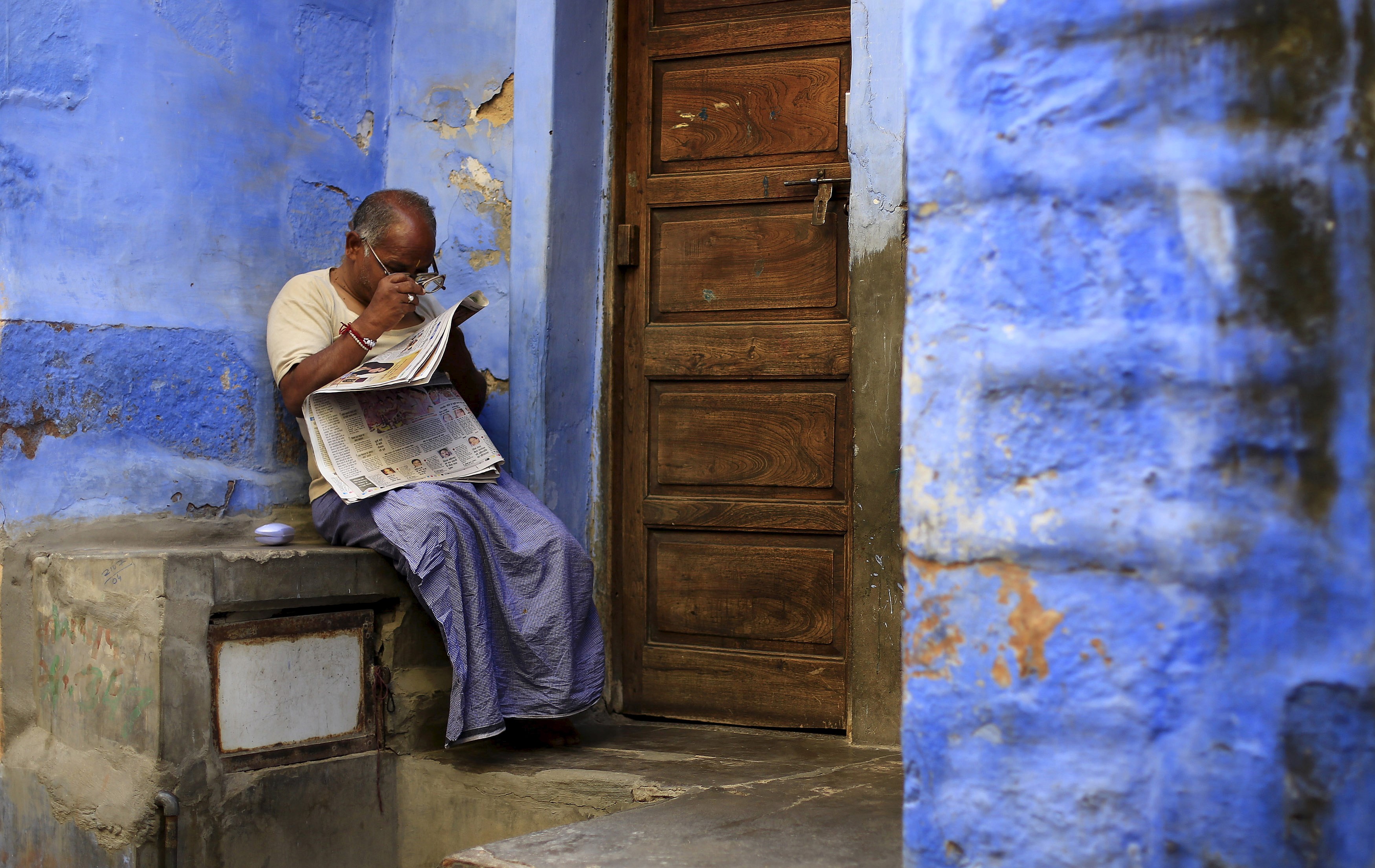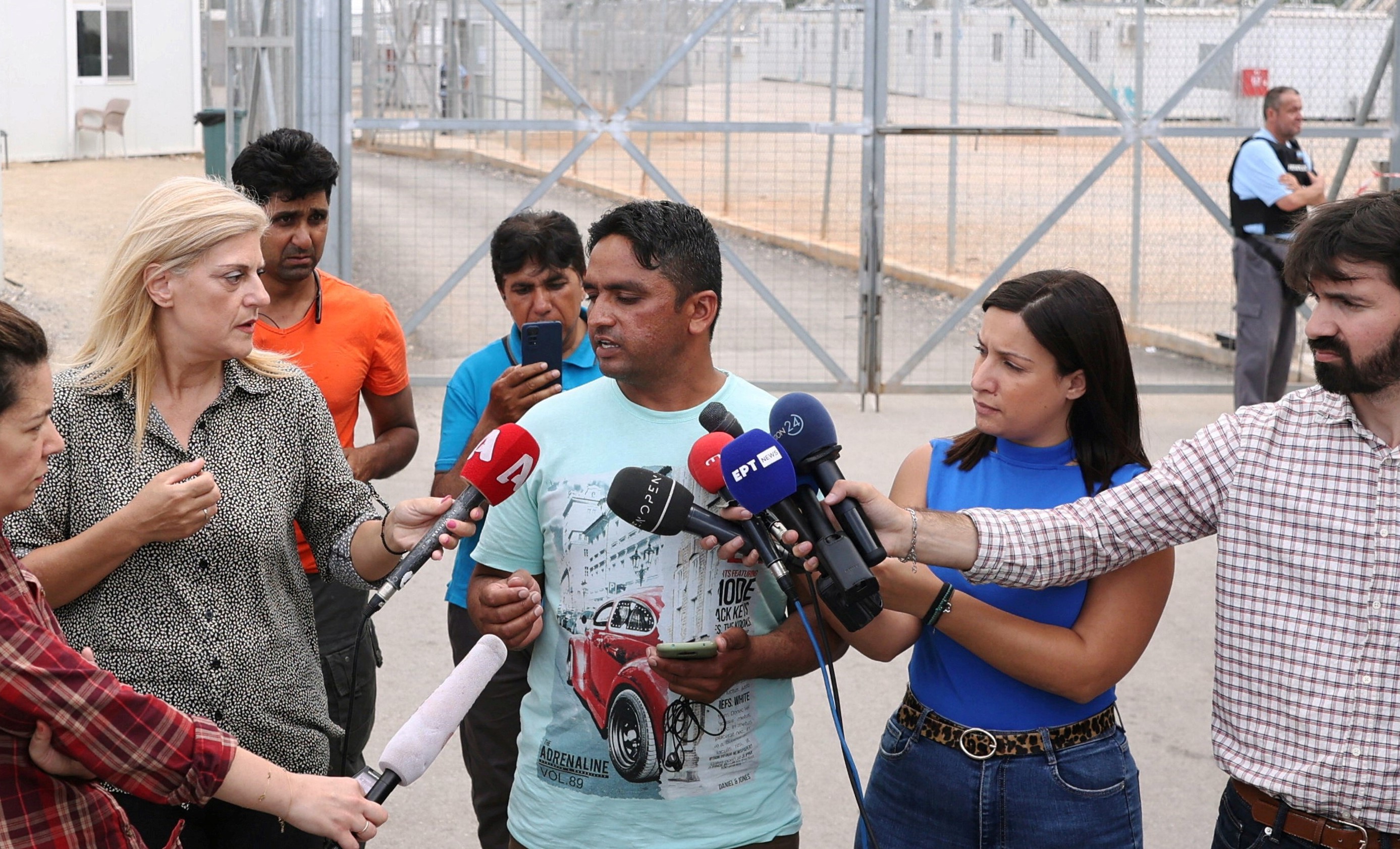Environmental coverage is moving on from panic-inducing warnings about global warming to the more constructive, solutions-based approach of climate journalism
Anyone who was around in the early 2000s will remember the caricature of planet Earth, looking distressed with a thermometer in its mouth. The imagery was often (and almost over-) used to depict global warming as one of the most urgent issues of the hour for humans around the world.
Global warming as a cause, when visually depicted, was also routinely accompanied by discussions about Chlorofluorocarbons (CFCs), the growing hole in the Ozone layer, the effects of greenhouse gases, melting glaciers, imbalanced water cycles and a fast approaching shortage of potable water.
Over time, “global warming” graduated to “climate change”, and there was an increased sense of urgency to it. Clearly, the world had failed to cure the planet’s fever. Many argued that too little was being done to combat global warming in the first place. The world still felt far too invincible on its post-industrialisation high, and altogether refused to curtail manufacturing, channel resources towards studies on global warming and the environment or take a step back from capitalist materialism leading to exploitation of natural resources.
The question is - what’s in a name? Sometimes everything.
The difference between “global warming” and “climate change” was that before the latter came along, there still seemed to be some hope. Hope that would soon evaporate into a toxic mist of inevitable doom. Whether that sense of impending doom is justified or not, is not a question that dared be answered at this stage. Perhaps, it is entirely the wrong question to ask at this point of time.
For a generation that grew up seeing the Ozone layer as one of the biggest signals for “global warming,” the recent news about how the Ozone layer is healing means a great deal. It also shows there are myriad meanings about how a generation views climate change and media coverage of it. While the effects of climate change are often presented as impending doom - causing anxieties and pushing for policy changes - climate journalism is taking shape as the next big thing. This paradox, while concerning, also makes complete sense.
It is up to climate journalists to bring together the polarised extremes in the middle and discuss viable solutions
And it is in this rising popularity for climate journalism that perhaps lies the trick to make nuances of climate change accessible to the public. But it is also important to question exactly what the future of climate journalism can look like in the long-run for a planet seemingly on the brink.
Media and journalism - like in arguably all other matters concerning human life - this time too took the central role of the ringmaster in that it shaped the polarised narratives from all sides. While individuals around the world still argue over the shape of the planet, understandably, it can become difficult to get them to agree on its fate.
Where there is polarisation, there is interest - and vice versa. And so, climate journalism was born. For now, it seems that climate as a beat will be a part of the future of profitable journalism. However, the relationship between a rising beat and a dying planet continues to remain vastly complicated for reasons that may be difficult to spot but are often quite easy to comprehend.
There is a clear correlation that can explain why climate journalism has picked up like never before as the planet has continued on what seems like its sharpest free-fall descent yet. Of the pillars that make up the criteria for a newsworthy story, currency is an important one. While climate stories might have wrongly seemed to lack that currency for the past decade or so, the urgency regarding climate stories is now alarmingly obvious - making it hard to ignore as a beat.
The polarisation surrounding climate change, and climate journalism in particular, has taken a prominent shape - the debate between scientific reality and alarmism. Former US President Donald Trump called climate activists “perennial prophets of doom”. Greta Thunberg was in his audience during that particular speech, and that speaks well to the larger differences in ways that different generations view the seriousness of climate change. However, it is important to note that there is a whole spectrum of opinions between Trump and Thunberg.
While some agree with the scientific numbers and statistics that admittedly have the potential to often act like harbingers of doom, others believe that the growing immediacy concerning discussions of climate change are mere forms of baseless alarmism.
When looking through media coverage of climate change, it is not difficult to see that there is an array of reasons why different stakeholders have their own incentives to take climate change as seriously - or not - as they wish. Capitalist corporates have their interests at stake, political parties have their agendas to project, and individuals possess their own values which sometimes clash with taking decisions for or against the environment - the debate is clearly not black or white.
Someone who has never seen snow can feel disconnected to a story on the specifics of melting glaciers
It is in the greys of compromise and cooperation that solutions towards a better future for our planet may be found. And no one, in the current scenario, is a bigger stakeholder in the climate change debate than the media.
It is up to climate journalists to bring together the polarised extremes in the middle and discuss viable solutions. While media outlets may find that they have been benefiting from the polarisation, they also have to accept that if climate journalism cannot place the planet at the forefront, then surely no reader can be expected to either.
Proximity is another important pillar of newsworthiness, which plays a defining role in how stories about climate change are received by the masses. When talking about the planet, it should make sense that geography will play a pivotal role.
Someone who has never seen snow can feel disconnected to a story on the specifics of melting glaciers. Similarly, for a reader living in a very cold climate, it may be difficult to feel as strongly about a climate story set in a tropical rainforest. We may all live on the same planet, but we perceive tiny pockets of it as our own, and for many, relating to geographies that we do not consider our own can be difficult.
Here's when climate journalists have a chance to step in and make the beat their own. Climate stories need to be made local. People need to know how ocean pollution affects the food on their plates. The unfortunate truth is that the majority will not care about the climate for the planet’s sake alone.
People may not be stunned by the number of cigarette butts on a beach hundreds of miles away from them, but they will be all ears once they hear of how a national climate crisis trickles down to their local source of drinking water. Human beings are inherently selfish, and climate journalism is missing out on a golden opportunity if it does not make the most of that selfishness.
Ultimately, journalists will have to recognize that climate journalism should not remain a standalone beat. In what seems like an inevitable step, discussions on climate change will become a part of several other beats such as politics, public health and policy, economics, infrastructure, and gender.
With how unrelenting the impact of climate change is expected to be on countries and communities across the world, climate stories will be ubiquitous across different beats of journalism. And that is what makes it easy and challenging at the same time.
Abeer Khan is an Indian journalist and academic
The views expressed in this article are the author’s own and do not necessarily reflect Al Jazeera Journalism Review’s editorial stance


